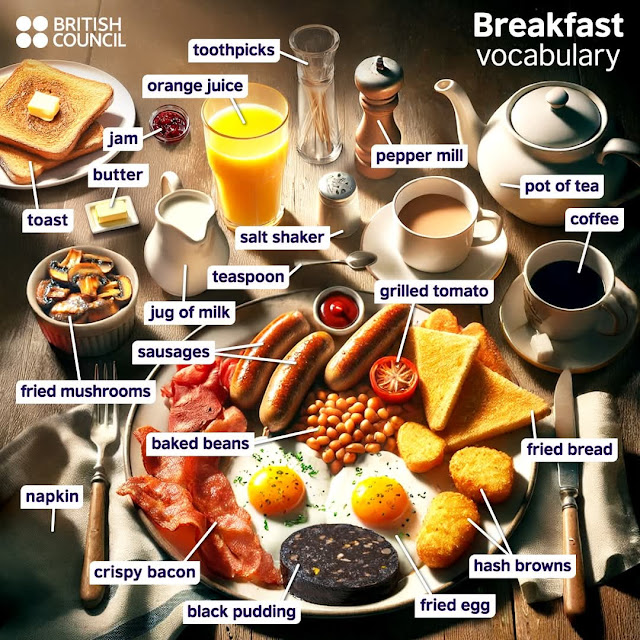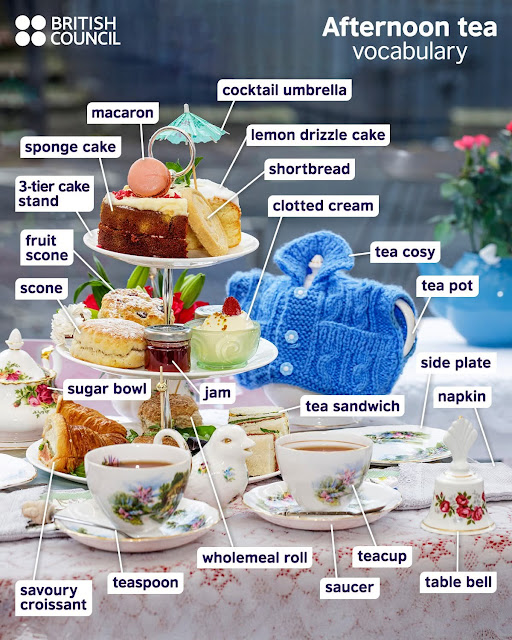Whenever our school does a school emergency fire frill to train for any possible emergency situation that may happen, we have some rules to follow.
Here are some of the basics we must take into account when the emergency signal goes and we're in a classroom.
1- STUDENTS EVACUATION:
- Teacher or person in charge of the group will count all the students in the classroom.
- Close all windows and doors before leaving.
- Exit from the building towards the Meeting Point will be done in order and silence, so that the instructions from the evacuation staff can be heard clearly, following the evacuation route that can be seen on the classrom's door.
- The class delegate will lead the group and the teacher or person in charge will close it.
- You mustn't go back to collect any object during the evacuation, under any circumstance.
- Teacher or person in charge of the group will count all the students in the classroom.
- Close all windows and doors before leaving.
- Exit from the building towards the Meeting Point will be done in order and silence, so that the instructions from the evacuation staff can be heard clearly, following the evacuation route that can be seen on the classrom's door.
- The class delegate will lead the group and the teacher or person in charge will close it.
- You mustn't go back to collect any object during the evacuation, under any circumstance.
2- EVACUATE VIA THE SAFEST ROUTE, CALMLY AND QUIETLY.
- Never turn back on your way.
- Walk fast, without running.
- Don't shout.
- Never use the lifts.
- Never turn back on your way.
- Walk fast, without running.
- Don't shout.
- Never use the lifts.
3- EVACUATE IN ORDER IN A SINGLE FILE NEXT TO THE WALLS.
- Wait until the lower floor has been completely evacuated.
- Each teacher must take their students silently and in order to the nearest exit following the evacuation signs.
- Wait until the lower floor has been completely evacuated.
- Each teacher must take their students silently and in order to the nearest exit following the evacuation signs.
4- GO TO THE MEETING POINT.
- Once outside the building, don't break up the queue before you get to the meeting point.
- The meeting point depends on which door you exit the school. Students coming from Technology classes and the Gym or the ones who exit through the car park door will gather in the back garden, students exiting through main entrance will gather in front of the school and those exiting through the sport ground doors will gather next to the sport ground (near the UNED building).
- Once outside the building, don't break up the queue before you get to the meeting point.
- The meeting point depends on which door you exit the school. Students coming from Technology classes and the Gym or the ones who exit through the car park door will gather in the back garden, students exiting through main entrance will gather in front of the school and those exiting through the sport ground doors will gather next to the sport ground (near the UNED building).
5- ONCE AT THE MEETING POINT, STUDENTS MUST STAY IN SINGLE CLASS GROUP QUEUES.
- Each class-group will be counted again.
- Each class-group will be counted again.
- Any absence must be notified immediately.
6- EVERYBODY MUST WAIT FOR INSTRUCTIONS TO GO BACK INTO THE BUILDING AGAIN.
Galician version of this post @ IESRafaelDiesteBlog
Galician version of this post @ IESRafaelDiesteBlog










.png)



















































